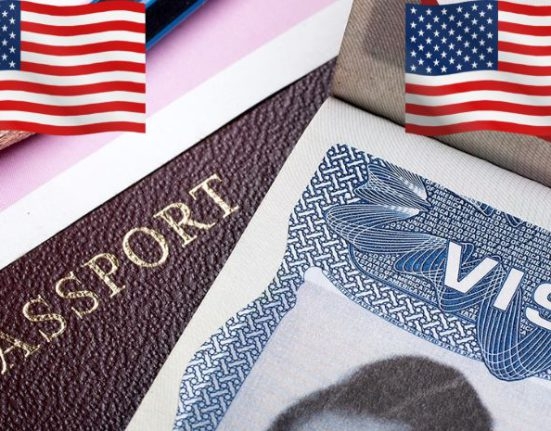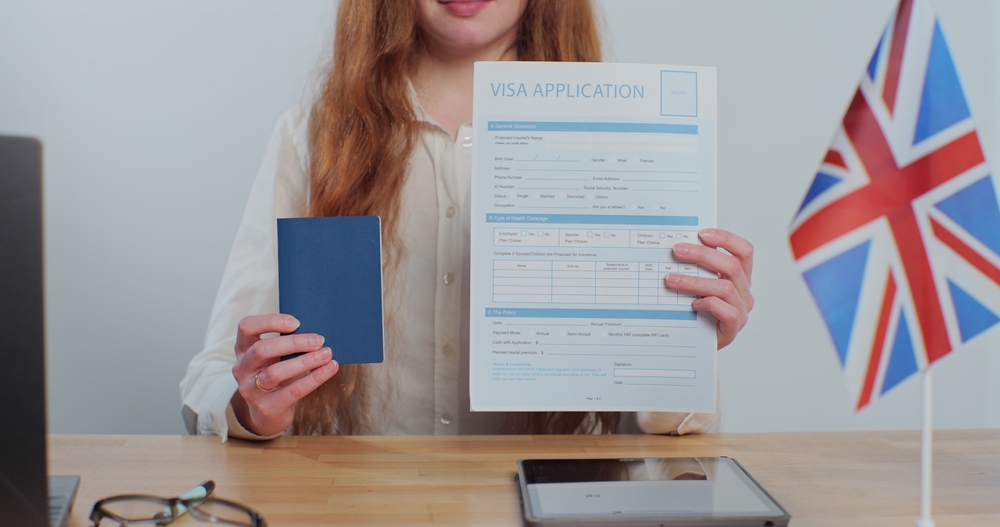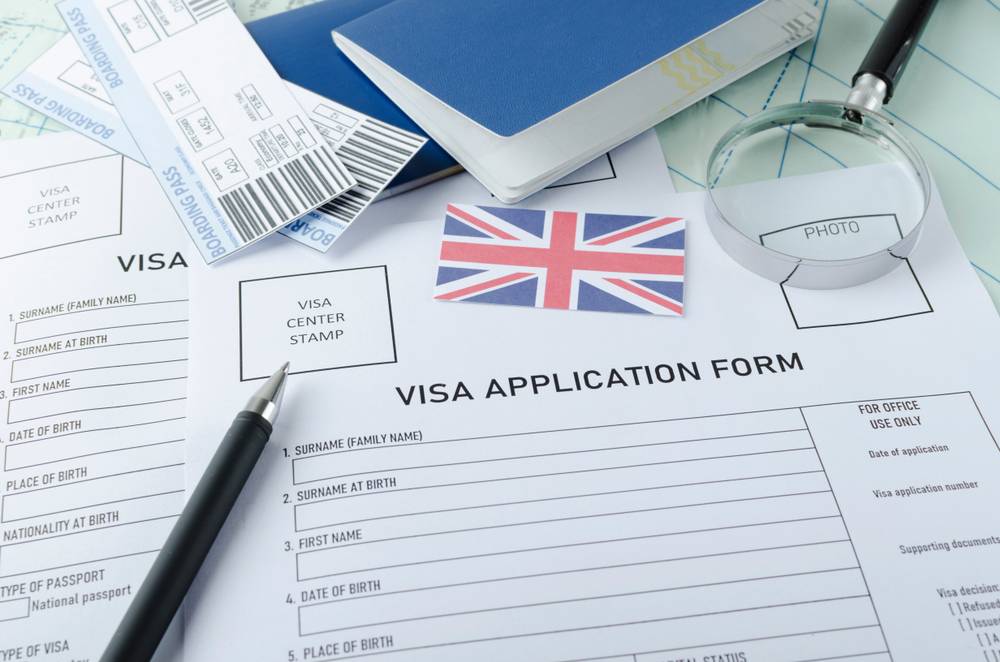The United States continues to be one of the most attractive destinations for professionals and job seekers around the world. With skill shortages across multiple industries, U.S. employers are opening doors for foreign talent through job grant visa sponsorship opportunities in 2025 and 2026.
This detailed guide will walk you through everything you need to know about USA job grant visa sponsorship, covering the meaning of sponsorship, types of visas available, in-demand job sectors, application steps, and the key benefits of working in the United States.
What Does USA Job Grant Visa Sponsorship Mean?
Visa sponsorship happens when a U.S. employer supports a foreign candidate’s application to work legally in the country. The employer petitions the U.S. Citizenship and Immigration Services (USCIS) to secure work authorization on behalf of the applicant.

This process not only validates your employment but also ensures that your stay in the U.S. is legal and recognized by immigration authorities. In many cases, the sponsoring company also assists with paperwork, covers visa-related costs, and may even help with relocation expenses.
For applicants, sponsorship represents the official pathway to secure work in the U.S., while for employers, it helps bridge skill gaps that cannot be filled locally.
READ: USA Visa Sponsorship 2025: Secure a Sponsored Job Legally
Major U.S. Work Visas that Require Sponsorship
The United States offers several work visa categories, each designed for different skill levels, professions, and employment circumstances. Below are the most popular sponsorship visas:
H-1B Visa: Specialty Occupations
- Designed for professionals in fields such as IT, engineering, finance, mathematics, and healthcare.
- Requires at least a bachelor’s degree or its equivalent in a specialized field.
- Valid for up to 3 years, with extensions available up to 6 years.
- Application involves employer filing Form I-129, and selection is subject to an annual lottery cap.
L-1 Visa: Intra-Company Transfers
- Ideal for employees transferring from a company’s overseas office to a U.S. branch.
- Applicants must have worked with the employer abroad for at least 1 continuous year.
- Applies to executives, managers, or professionals with specialized knowledge.
- Validity ranges from 5 to 7 years, depending on the role.
H-2B Visa: Temporary Non-Agricultural Workers
- For temporary or seasonal roles in hospitality, construction, landscaping, and related fields.
- Employers must prove that no local U.S. workers are available to fill the roles.
- Valid for up to 1 year, with possible short-term extensions.
- For 2025, the USCIS has increased the number of approved H-2B visas due to labor shortages.
EB-3 Visa: Employment-Based Green Card (Skilled and Unskilled)
- A pathway to permanent residency through employment.
- Divided into categories for skilled workers, professionals, and unskilled labor.
- Employer must usually obtain labor certification from the U.S. Department of Labor.
- Application filed through Form I-140.
Top U.S. Job Sectors Offering Visa Sponsorship
U.S. employers across multiple industries are looking for foreign workers to fill skill gaps. The following sectors are especially active in sponsorship programs:
Information Technology and Engineering

- Roles: Software developers, systems analysts, data engineers, AI specialists.
- Common Visas: H-1B, L-1.
- Employers: Big tech firms, startups, and multinational corporations.
Healthcare
- Roles: Registered nurses, physical therapists, medical technologists, healthcare aides.
- Common Visas: H-1B, EB-3.
- Employers: Hospitals, clinics, health networks, and government-funded programs.
Education
- Roles: School teachers, university lecturers, and educational administrators.
- Common Visas: H-1B, J-1 (exchange visitor visa).
- Employers: Public schools, colleges, and private universities.
Hospitality and Tourism
- Roles: Hotel staff, restaurant workers, event planners, and tour operators.
- Common Visa: H-2B.
- Employers: Hotels, resorts, travel companies, and seasonal employers.
Agriculture
- Roles: Farm laborers, seasonal harvest workers, and agricultural technicians.
- Common Visa: H-2A (temporary agricultural worker visa).
- Employers: Farms, ranches, and agribusiness companies.
READ: Farm Worker Jobs in the USA: Your Guide to Finding Roles with Visa Sponsorship
Step-by-Step Application Process for U.S. Visa Sponsorship
Applying for a sponsored visa requires careful planning. Below is a simplified breakdown of the process:

- Secure a Job Offer: Find a U.S. employer willing to sponsor your visa.
- Employer Petition: Your employer files a petition with USCIS (e.g., Form I-129 for nonimmigrant visas, Form I-140 for immigrant visas).
- Labor Certification: For certain visas, such as the EB-3, employers must prove that no qualified U.S. workers are available for the role.
- Visa Application: Once the petition is approved, you apply at a U.S. embassy or consulate in your home country.
- Attend an Interview: A consular officer will review your case, ask questions, and decide if your visa should be granted.
- Receive Visa Approval: If successful, you will be issued your visa and can travel to the United States to begin employment.
Benefits of U.S. Job Grant Visa Sponsorship
Choosing a visa sponsorship opportunity in the U.S. comes with multiple advantages:
- Legal Authorization to Work: You can work in the U.S. with full legal status.
- Pathway to Permanent Residency: Some visas, such as the EB-3, allow you to transition to a green card.
- Family Sponsorship: Many visas let you bring your spouse and children as dependents.
- Professional Growth: Gain international experience in some of the world’s top industries.
- Financial Security: Many sponsored positions come with competitive salaries and benefits.
With U.S. job grant visa sponsorship opportunities is meant for skilled and unskilled workers to have a chance to secure life-changing employment in the United States. From technology and healthcare to education and agriculture, the demand for global talent is growing.
By preparing your documents, targeting the right industries, and connecting with employers who actively sponsor visas, you can successfully begin your journey to a better career and life in the United States.


